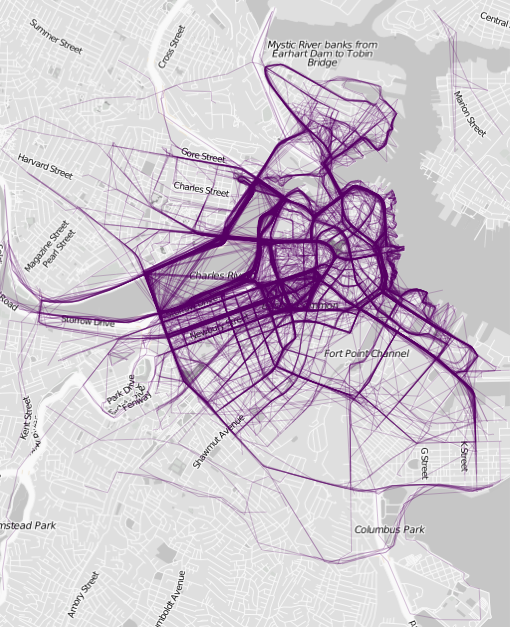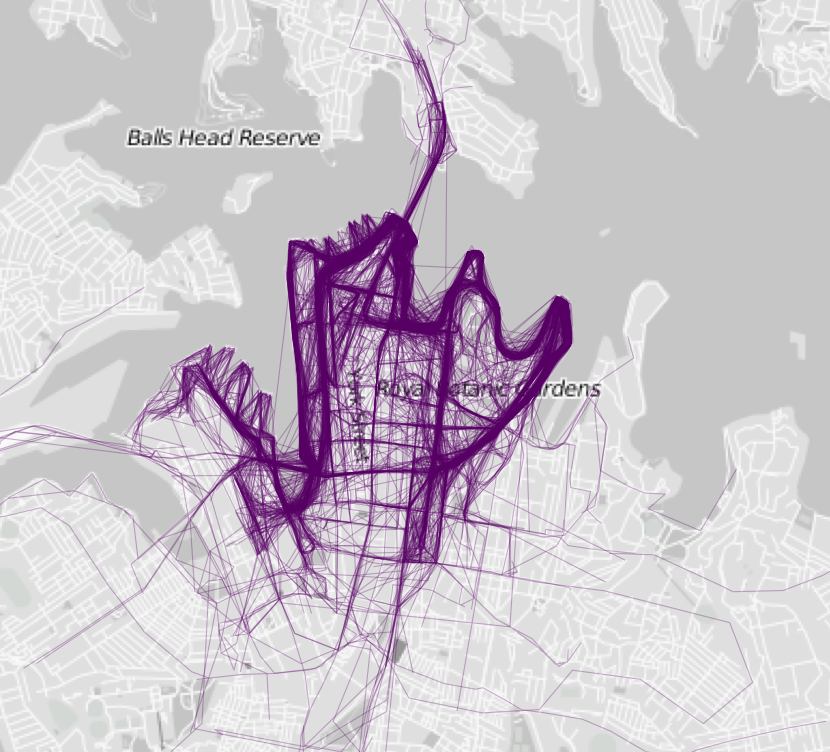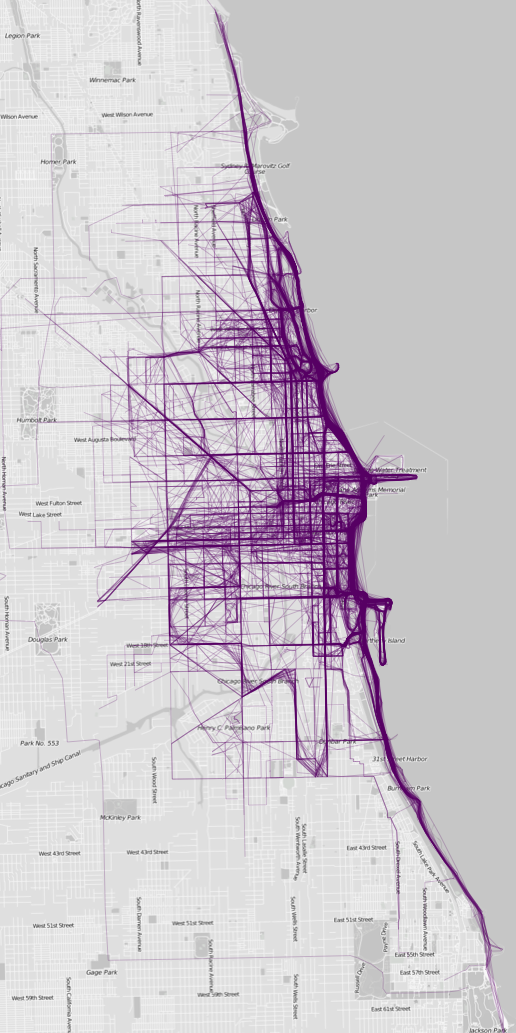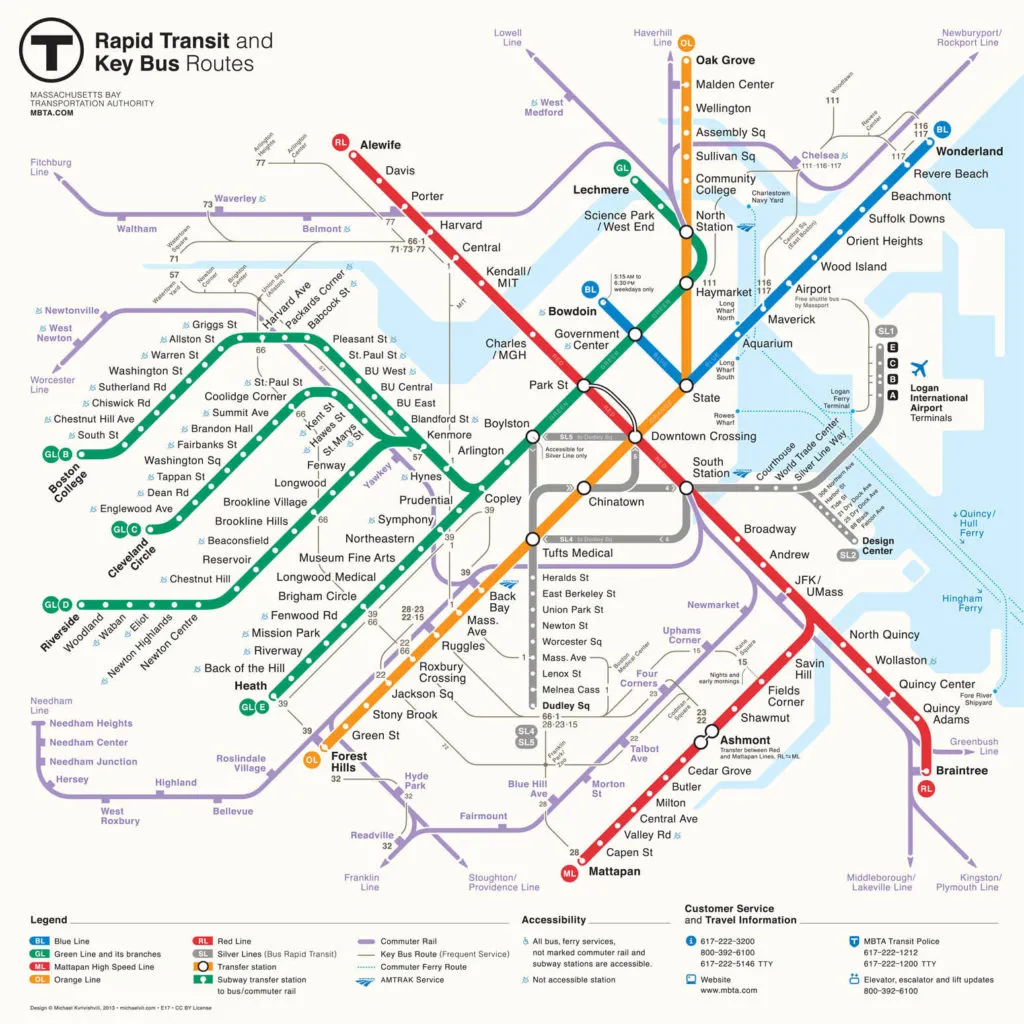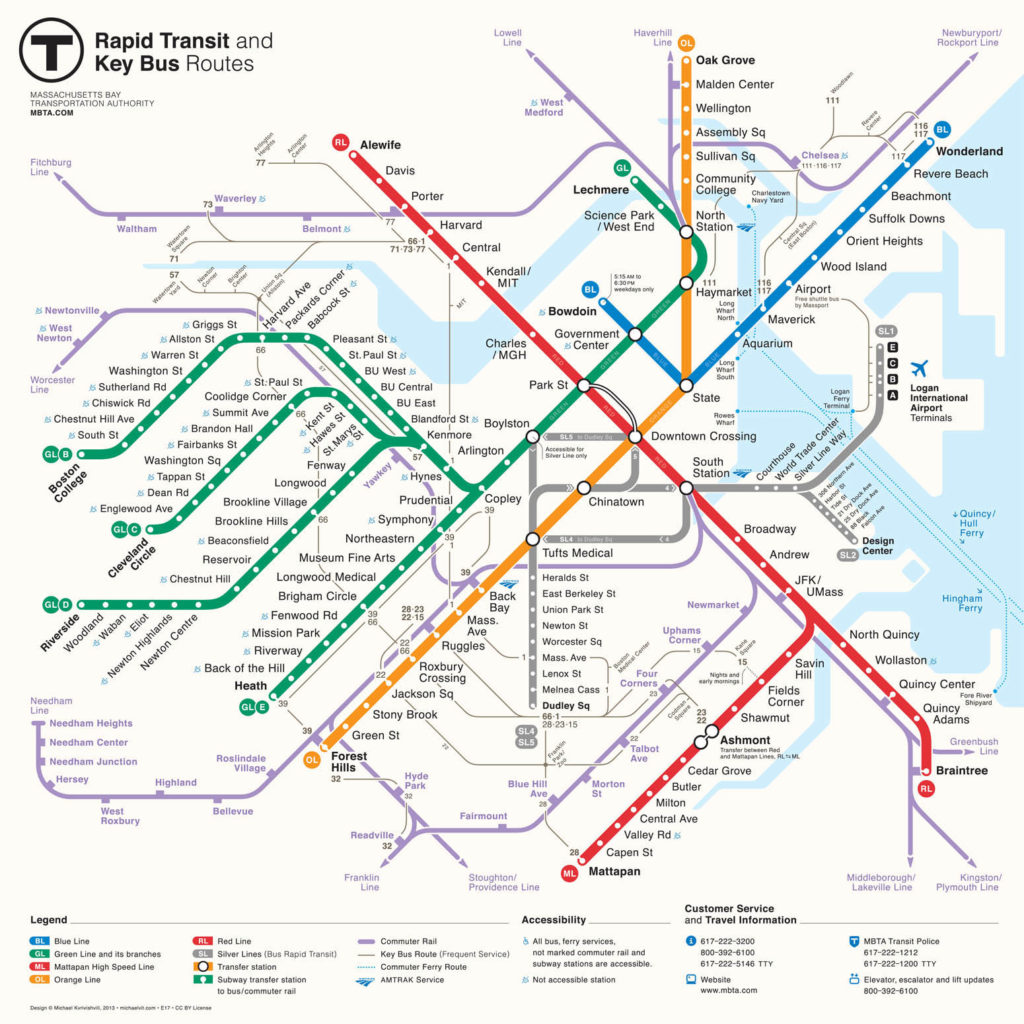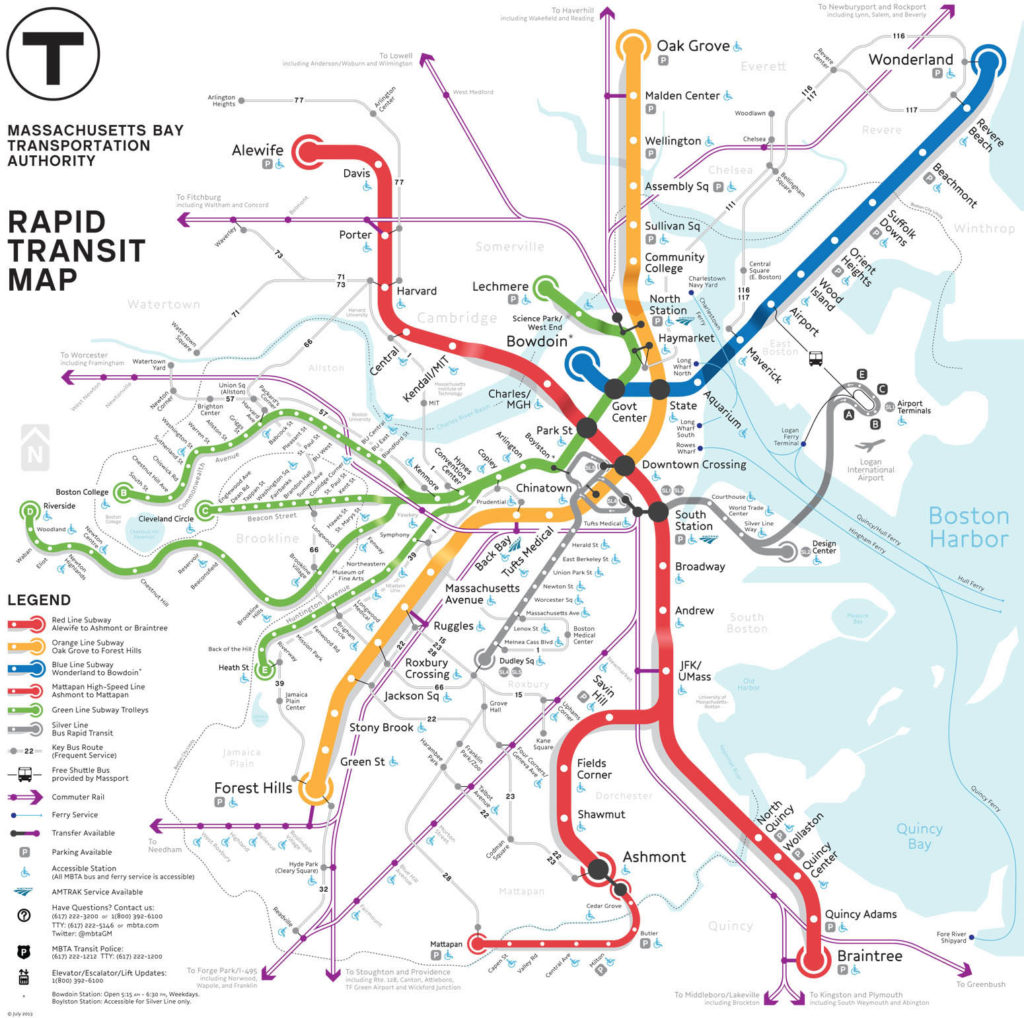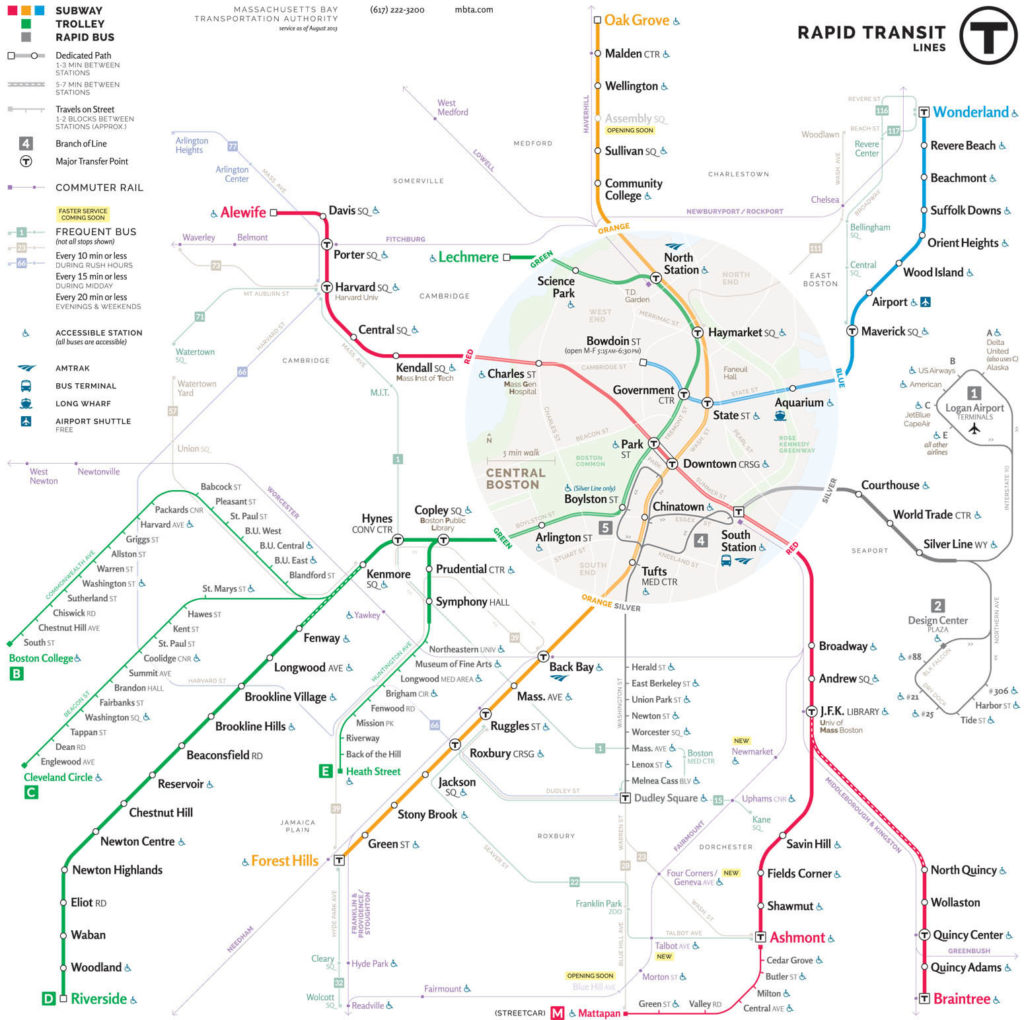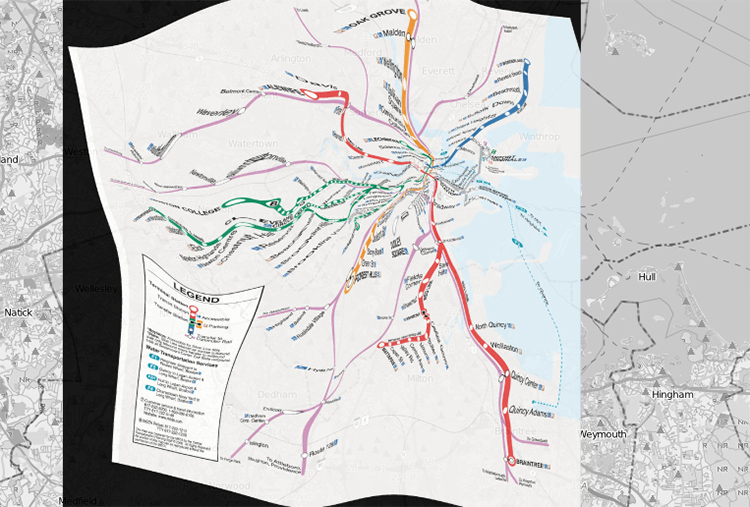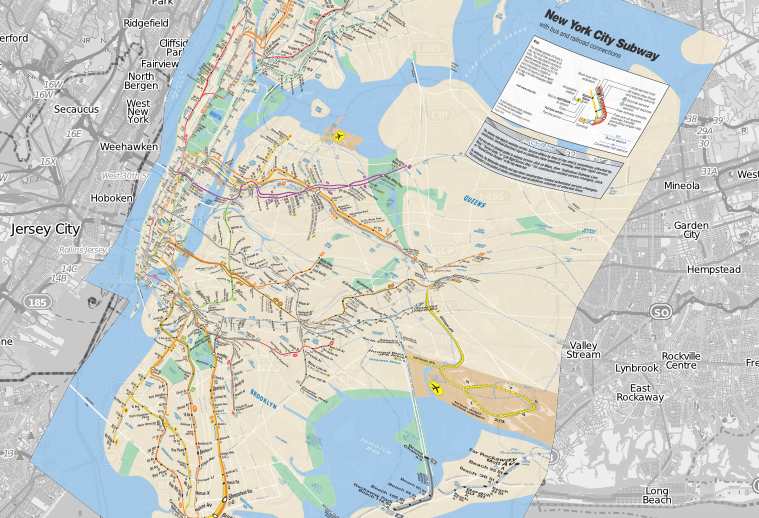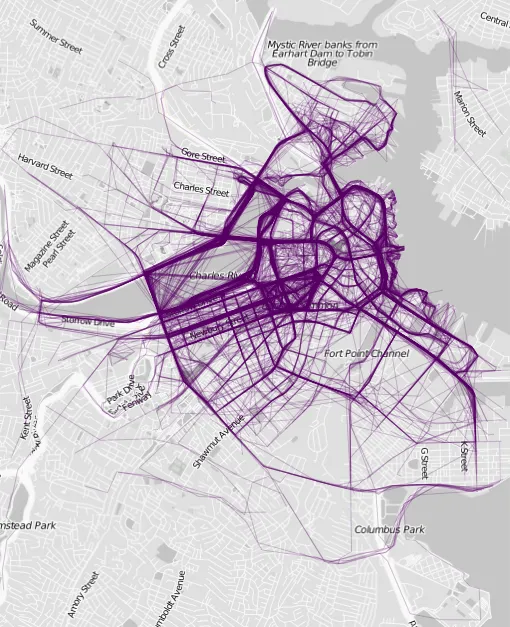
What overlaid running paths can say about the city?
Recently I read this cool post on FlowingData blog where the author downloaded openly available running tracks of users of RunKeeper app and overlaid them for different cities. It looks simply beautiful. Geographic data showing human activity is all you need to create a piece of art. But than I started think what can this data say about particular urban area of a city?
Why people from particular area workout more than their neighbors? Why people choose for running one part of the city over other? What can we say about the city based on running paths of its citizens? Of course we can just assume that the probe of tracks used, represents the whole running community of each city, which we don’t really know. But take a look at map of Boston above. Isn’t it strange that runners choose the city centre over the bank of the Muddy River? I don’t really know Boston but looking at just looking at street view it seems like a perfect place for jogging. Now look at Sydney below. It seems that all paths from the whole city meet in one or two jogging paths. This seems like an example of a perfectly planned jogging track with a proper infrastructure.
Chicago on the other hand has a quite important bay jogging path but it seems to be less dominant other the city (compared to Sydney). Running paths seem to be equality distributed over the city which suggests that this part of Chicago is walking and jogging friendly. Some longer straight paths in the direction of the of map centre indicate that people use metro to reach running friendly zones, so there must be some kind of an infrastructure which attracts them.
These are just assumptions made about cities which I have never visited but it’s cool what could be done with more data and local knowledge. Such an openly available social data sets could (or maybe even ‘should’) be used by urban planners. It’s a great source of information about the city and it’s citizens. And it’s so beautiful that you could look at it forever;).
source: FlowingData



